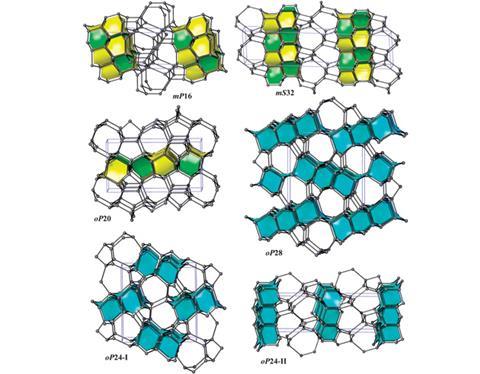How a new nanoparticle iron supplement can treat anaemia, and a run down of chemists in the new year honours
0.37 – The Cystic Fibrosis (CF) Foundation has sold royalty rights to treatments developed with support from its ‘venture philantrophy’ model. Royalty pharma – which accumulates royalty payments from established drugs – paid $3.3 billion (£2.1 billion) for royalties on Vertex pharmaceuticals’ Kalydeco (ivacaftor) – Cystic Fibrosis Foundation sells drug royalty rights for $3.3bn
4.59 – Chemists at pharma giant Merck have conducted over 1500 chemistry experiments in under a day thanks to a miniaturised, high throughput automation platform they developed for identifying how synthetic molecules react under various conditions. The work could speed up drug discovery and provide chemists with a tool kit to explore new medicinal compounds – Nanomolar chemistry enables 1500 experiments in a single day
7.13 – Matt Gunther gives us a rundown of the chemists recognised in the new year honours, including knighthoods for Martin Poliakoff and Simon Campbell
12.56 – Engineers in the US have created a miniature shooting range to show that multilayer graphene, 10 to 100nm thick, may make excellent body armour. The results suggest graphene may absorb 10 times the amount of energy steel can before failing – Graphene’s showdown with the man with the golden gun

16.06 – Previously unknown carbon allotropes have been predicted by scientists exploring their links with well-known network topologies. The new structures are highly stable and transparent, some with larger optical band gaps than diamond – Zeolites net new carbon allotropes
18.23 – A new, direct band gap allotrope of silicon has been synthesised by researchers in the US. It could potentially revolutionise solar cells and light-emitting devices by combining the light absorbency of materials like gallium arsenide with the processing advantages of traditional silicon. The present synthesis is long and expensive, but the researchers think it might be possible to get around this – New silicon allotrope could revolutionise solar cells
19.34 – Iron-deficiency anaemia is still the largest nutritional deficiency disorder in the world, and the only one that remains prevalent in the western world. However, our treatments haven’t really moved past supplements of soluble iron salts, which cause a host of side effects including diarrhoea, constipation and gastro-intestinal inflammation. Researchers at the Medical Research Council’s Human Nutrition Research unit in Cambridge, UK, have developed a nanoparticulate form of iron that can be absorbed from the gut, but with fewer side effects – Solving iron’s solubility problem
26.54 – A conductive clay made by US researchers might provide a novel way of storing energy that could, one day, surpass batteries. The team developed a cheaper, safer and simpler method to make supercapacitors, tripling the amount of electric energy they can store. Production of the material should be easy to scale-up too – Conductive clay rolled out to store energy
30.45 – Simply breathing on money could soon reveal if it’s the real deal or counterfeit thanks to a beetle-inspired ink that reversibly changes colour in response to humidity – Beetle behind breath test for bank notes












No comments yet